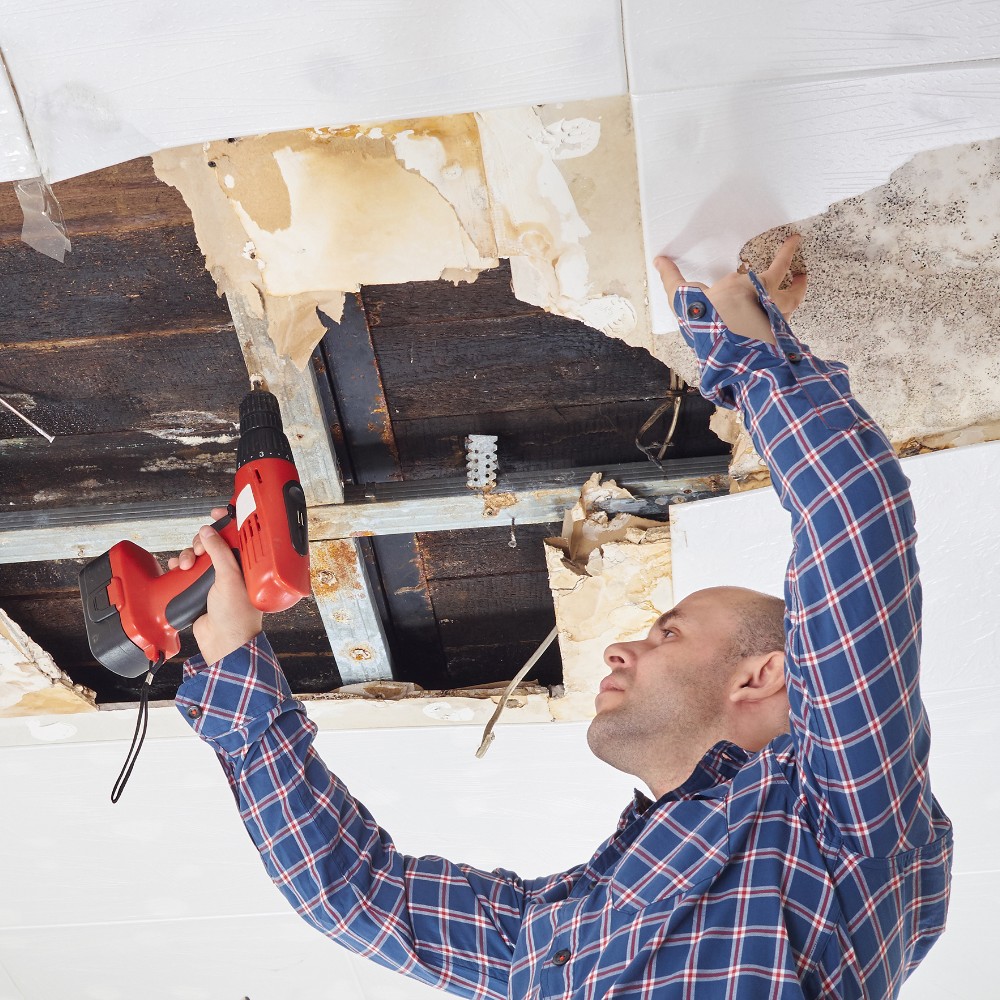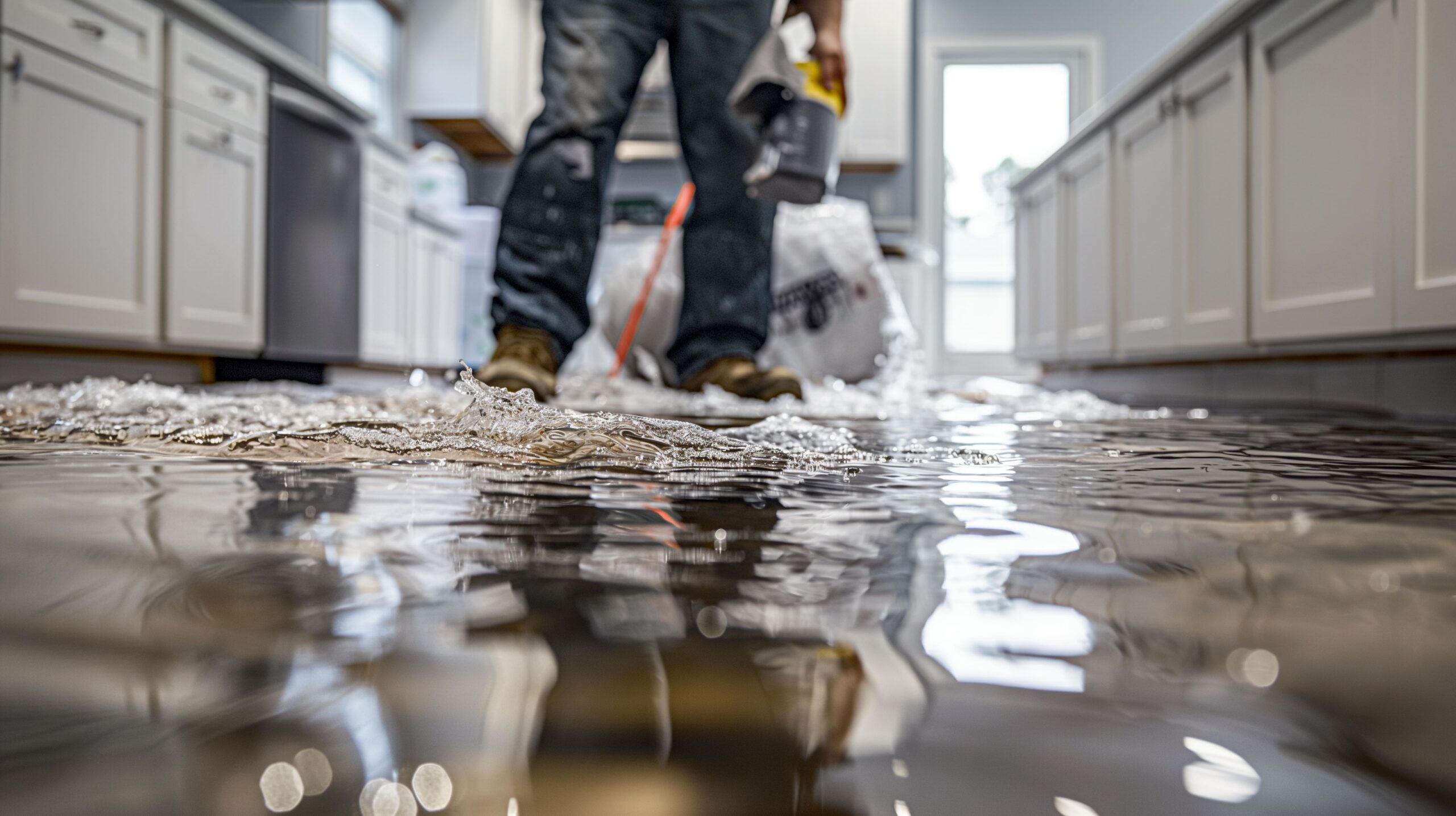How to File an Insurance Claim After Water Damage Restoration St George UT
Crucial Actions to Comply With for Reliable Water Damage Restoration in Your Home
When confronted with water damage in your home, recognizing the important steps for effective remediation can make all the difference. You need to evaluate the damage and assurance security prior to tackling the trouble. Quiting the source of water is necessary, yet it's just the start. As soon as you've taken care of that, there's a series of activities you should require to secure your property from additional concerns. Let's explore what you must do following.
Evaluate the Damages
The first step is to examine the damages thoroughly when you find water damages in your home. Beginning by identifying the source of the water breach. Examine for leaks, ruptured pipelines, or various other concerns causing the problem. Next, check out the affected locations for visible indications of damages, consisting of bending, mold, or staining growth. Don't fail to remember to look in concealed spots like behind walls or under flooring, as water can leak into these areas unnoticed.Document the damage by taking clear pictures and notes. This will assist you when going over the scenario with your insurance copyright or restoration specialists. Pay attention to the kind of products impacted, as different materials require various reconstruction strategies. Ultimately, review the level of the damage. Is it considerable or minor? Understanding the scope will certainly assist you in making a decision whether to manage it on your own or hire the professionals for an extra extensive repair process.

Guarantee Security
Before you begin any kind of reconstruction job, assuring your safety is vital. Assess the problem of your home. If the water's deep or if you see electrical dangers, do not get in the location. Switch off the electricity and gas supply to avoid mishaps. Wear protective gear like boots, gloves, and masks to shield yourself from impurities or mold.It's crucial to remain conscious of your surroundings; watch for sharp items and slippery surfaces. If the water is from a sewer back-up, treat it as unsafe waste. Maintain kids and family pets away from affected areas to stay clear of exposure.Once you have actually taken these preventative measures, you can wage the reconstruction procedure. Keep in mind, your security comes first, and if you're ever not sure, it's ideal to seek advice from a professional. Taking these actions will aid ensure you prepare to take on the repair safely and effectively.
Stop the Resource of Water
After guaranteeing your security, the following step is to quit the source of water. Recognize where the leak is originating from. Maybe a burst pipe, a defective appliance, or even heavy rain entering with a harmed roof. If it's a pipes issue, switch off the main water to your home to stop more flooding. For appliances, disconnect them and shut down their supply of water valves.If the source is outside, like rainwater, attempt to divert it away from your home utilizing sandbags or various other barriers. For minor leakages, you might be able to utilize tape or a sealer temporarily until a professional can repair it. Remember, addressing the resource quickly is necessary to reducing damages and stopping mold development. When you've stopped the water, you'll be in a better setting to proceed to the following action in the remediation process.

Get Rid Of Excess Water
Act promptly to get rid of excess water, as standing water can lead to a lot more considerable damages and mold and mildew growth. First, collect your devices: a wet/dry vacuum, containers, and towels. If the water is shallow, you can use towels to saturate up the moisture. For much deeper water, a wet/dry vacuum is your best option. Ensure to empty the vacuum cleaner frequently to prevent overflow.If the water is polluted, like from a sewage back-up, put on protective equipment, consisting of masks and gloves, to maintain yourself secure. When you've gotten rid of as much water as feasible, look for hidden pockets of wetness in corners and under furniture, as these can harbor mold.Don' t neglect to switch off electrical devices and power outlets in damp areas to avoid threats. This initial step is essential in decreasing damages and establishing the stage for a successful restoration procedure.
Dry and Dehumidify the Location
Once you have actually removed the excess water, it's important to dry and evaporate the location completely. Begin by utilizing dehumidifiers successfully to pull wetness out of the air and protect against mold and mildew growth. Maintain an eye on humidity degrees to assure the area dries totally.
Eliminate Standing Water
To properly take on water damage, you need to concentrate on removing standing water as swiftly as possible. Begin by collecting required tools, like a wet/dry vacuum cleaner or a pump, relying on the volume of water. If the water is shallow, a vacuum cleaner ought to do the method. For larger quantities, a pump is a lot more effective. While working, see to it to put on safety equipment to keep on your own secure from impurities. As you get rid of the water, take note of concealed locations like under furniture or in edges where water could collect. When you've removed the bulk, your area will certainly begin to dry out. This action is essential, as sticking around water can result in mold growth and a lot more considerable damages.
Use Dehumidifiers Effectively
Exactly how can you efficiently utilize dehumidifiers to completely dry and dehumidify your space? Begin by positioning your dehumidifier in the most afflicted area, preferably where water damage is most severe. Ensure to close all windows and doors to create a covered setting. Activate the dehumidifier and set it to the suitable humidity level, generally around 30-50%. Vacant the water collection storage tank regularly, or take into consideration using a design with a continuous drainage alternative for ease. Ideally, use followers to enhance air movement, aiding the dehumidifier job a lot more effectively. Maintain the dehumidifier running until you're certain that the location is thoroughly dried out, protecting against mold and mildew growth and added damage (Water Damage Cleanup). This step is crucial for effective water damages restoration
Display Humidity Degrees
Monitoring moisture degrees is essential throughout the drying procedure, as it aids assure your area continues to be devoid of excess wetness. Purchase a trusted hygrometer to track humidity accurately. Ideally, you intend to preserve levels in between 30% and 50%. If moisture readings increase above this range, you may need to change your fans or dehumidifiers to improve air flow. Check the analyses on a regular basis, specifically in locations prone to moisture, like restrooms or basements. If you notice persistent high moisture, take into consideration boosting ventilation or using additional dehumidifiers. Remaining on top of these degrees not just accelerates the drying process yet additionally protects against mold and mildew growth, ensuring your home stays secure and comfortable.
Clean and Disinfect Affected Surfaces

Recover and Repair Your Home
After cleansing and decontaminating the impacted locations, it's time to recover and repair your home. Begin by evaluating the damage. Examine for structural problems, like weakened floors or walls, and attend to any type of necessary repair services. Replacing harmed drywall or flooring is crucial for both visual appeals and safety.If your furnishings or personal belongings were influenced, take into consideration whether they can be salvaged or require substitute. Tidy or properly restore products where possible.Next, repaint wall surfaces and touch up any kind of locations that need attention. This not only enhances appearance however also shields surface areas from future water damage.Don' t neglect to examine your pipes and appliances for leaks, ensuring whatever's functioning appropriately. Finally, take into consideration installing a dehumidifier to stop future moisture concerns. By taking these steps, you'll recover your home to its previous splendor and develop a more secure living setting.
Often Asked Questions
How Much Time Does Water Damage Reconstruction Usually Take?
Water damage repair typically takes anywhere from a couple of days to numerous weeks, depending upon the extent of the damages (Water Damage Repair). You'll wish to examine the circumstance quickly to minimize additional issues and ensure correct repair
Will My Insurance Policy Cover Water Damages Repair Expenses?
Your insurance policy might cover water damage restoration costs, but it depends upon your policy. Check your protection information and call your insurance policy agent to clarify what's included and what you require to sue.
Can I Manage Water Damages Restoration Myself?
You can take care of water damages restoration on your own, yet it's essential to assess the scenario. If it's comprehensive, you might wish to call specialists. Constantly focus on safety and guarantee you've obtained the right tools.
What Are the Indicators of Hidden Water Damage?
You could see indicators of surprise water damage like distorted wall surfaces, musty odors, or discoloration. If your floorings feel mushy or you area mold and mildew, it's time to examine even more prior to the situation aggravates.
Exactly How Can I Avoid Future Water Damages in My Home?
To avoid future water damage in your house, you ought to frequently check plumbing, seal splits, maintain gutters, and assurance appropriate water drainage. Setting up a sump pump and wetness barriers can likewise assist keep your area dry. When you discover water damage in your home, the very click here first step is to examine the damages extensively. Act rapidly to eliminate excess water, as standing water can lead to extra extensive damage and mold growth. To successfully take on water damage, you need to concentrate on getting rid of standing water as rapidly as possible. As you eliminate the water, pay focus to concealed locations like under furniture or in corners where water may collect. Water damage remediation generally takes anywhere from a few days to a number of weeks, depending on the degree of the damages.